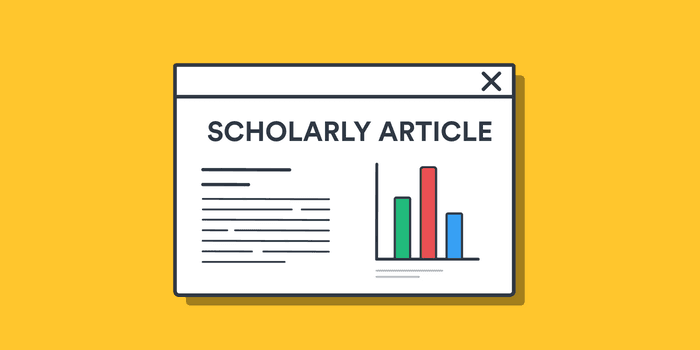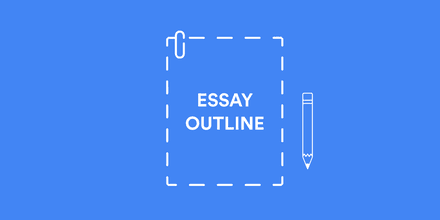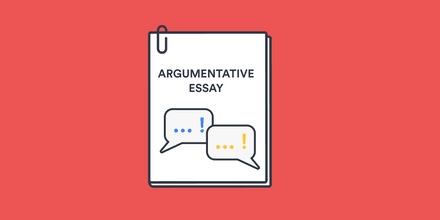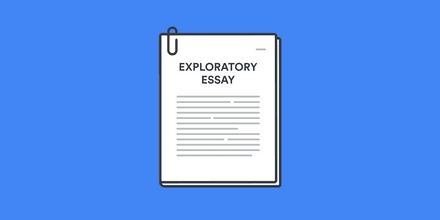
Scholarly articles, also known as journal articles, are essay-length publications that make arguments, present research, and draw conclusions about an idea, problem, or text. You may read scholarly articles for a class assignment or while conducting your own original research. This can often be a daunting task, since articles are generally written for experts. This post covers strategies for reading, and understanding, scholarly articles.
What is a scholarly article?
Professional researchers, professors, students, and other experts publish scholarly articles in academic journals. These publications feature new research, data, or analysis and allow scholars to engage in ongoing debates within their respective fields.
Scholarly articles often contain specialized language. Also, because scholars write articles in order to intervene within ongoing research conversations, they assume that their readers have some knowledge of previous scholarship.
As a result, scholarly articles can be difficult for students and new researchers to understand. In what follows, we break down the main components of a scholarly article and provide step-by-step advice about how to read one with confidence.
The core components of a scholarly article
The easiest way to approach a scholarly article is by breaking it down into its core components. In this section, we discuss how to recognize the major parts of an article.
Abstract
An abstract is essentially a brief summary of a scholarly article. It gives you a preview of an article's main argument and conclusions. The abstract section may also contain keywords related to an article's subject.
Abstracts can be particularly useful as you narrow down what sources are most important for your research. Reading the abstract can save you time; in many cases, an abstract can help you quickly determine if it's necessary to read the entire article.
Introduction
Like other kinds of essays, scholarly articles open with an introduction. Depending on the length and subject of the article, an introduction may, itself, contain several key parts:
- an introductory hook and/or overview
- a literature review or state-of-the-field
- a thesis statement
- a brief outline of what will be covered in the main body of the article
Many scholarly articles begin with a hook: a short anecdote or scenario that draws the reader in and gives a hint of what the article will cover. All articles will feature some general overview of the topic or field.
The introduction also often contains a literature review or state-of-the-field paragraph. This section situates the article within a given scholarly conversation and highlights what other scholars have written on the topic. Sometimes a literature review has its own section.
Towards the end of the introduction, the author will include a thesis statement, often in the form of "I argue that..." or "This article argues that..." or a similar phrase. Importantly, the thesis statement of a typical scholarly article will likely be more than one sentence. Finally, an introduction contains a brief outline or "signposts" of what the rest of the article will cover.
Evidence and Analysis
The main body of a scholarly article includes the evidence and analysis that an author uses to support the thesis statement. This section will contain multiple paragraphs that balance evidence—in the form of data, textual support, or original research—and interpretation. As a reader, you should be able to follow along as the author builds the article's case.
If you are a student or researcher in the social or hard sciences, this part of the article is where you would typically see the methods, results, and discussion sections.
As you're reading through the evidence and analysis paragraphs, take note of how the author signals transitions—between both sentences and whole paragraphs. Competent transitions that allow the reader to clearly follow the argument are a hallmark of successful scholarly writing.
Being able to identify the components of a typical article will positively impact your own progression as a writer.
Conclusion
Finally, a scholarly article builds towards a conclusion. This section may offer readers an overall review of what was covered in the article or it may propose recommendations for further research.
If the article began with a hook or scenario, the author may also return to the content of the introduction in order to neatly bookend the piece. The best conclusions serve as clear and concrete finales for the article as a whole and leave readers excited to include aspects of the work in their own research.
Step-by-step reading tips
Now that we've covered the core components of a scholarly article, let's consider the steps that you might use to confidently and efficiently read one. Remember to always take notes or annotate the article as you read it.
1. Start with the abstract
First, if the article has an abstract, read that first to determine if the primary argument of the article is in line with your research goals.
2. Skim the overall contents of the article
Then, take a quick glance at the article as a whole, including citations and references. For example, if you know that you mainly need to look at the literature review, a quick glance could help you easily identify that part of the essay. This will ultimately save you time.
3. Read the introduction, literature review, and thesis
Once you've glanced at everything, it's time to dig in. Begin at the beginning. Start reading the introduction, the lit review, or state-of-the-field, and try to identify the article's thesis. While doing so, consider these questions:
- How does the article start? Does the author begin with a quote or historical anecdote, for instance?
- Can you identify the thesis or primary argument of the essay?
- Where, and in what way(s), does the author make an intervention into the existing scholarly conversation? What words or phrases signal this intervention?
Asking these questions will not only help you grasp the content of the article you're reading, but it will also help to improve your own reading, writing, and research skills.
4. Read the body of the article
Next, move on to the main body of the article. Note what kinds of evidence the author uses to support the thesis. Does the author provide an adequate analysis of the evidence?
5. Return to the introduction
After you've read the main body of the article, pause and return to the introduction. Take another look at the thesis statement and consider the following questions:
- Does the author plausibly connect the different strands of analysis so that they ultimately point back to the primary thesis?
- Does the author return to the underlying argument of the article? Where do you see this happening?
- Can you identify the “moves” that the author makes to construct a coherent and defendable argument?
6. Read the conclusion
Next, it's time to move on to the article's conclusion. What steps does the author take to arrive at the conclusion? Note especially what information the author includes in this section. Does the conclusion consider questions or recommendations for further research?
7. Reflect on what you've read and how you'd respond
Finally, take a moment to consider the article as a whole now that you've finished it. If you are reading the article in preparation for your own research paper, ask yourself how you would respond. Where, if at all, do you see a need for expansion, disagreement, or further analysis? Where might you intervene?
Ultimately, the best way to master reading scholarly articles is to keep on reading! Practice helps you become not only a better reader but also a more competent researcher and writer.
Frequently Asked Questions about scholarly articles
🎟 What is the first step in reading a scholarly article?
If the article has an abstract, start there. If not, take a glance at the entire article and then dive into the introduction using the steps we list above.
🕰 How long does it take to read a scholarly article?
That ultimately depends on the length of the article. However, it typically takes an hour or more to thoroughly read a journal article.
🖥 What are scholarly article examples?
Scholarly articles are also known as journal articles. You can generally access many examples of scholarly articles through academic databases hosted on your library's website. Sometimes they are available for free online.
🔆 What are the main portions of an article?
Scholarly articles generally include an abstract, introduction, evidence and analysis section, and a conclusion.
🗝 How do you find scholarly articles on Google?
To find scholarly articles on Google, you need to use Google Scholar. Take a look at our ultimate guide to Google Scholar to learn more.


